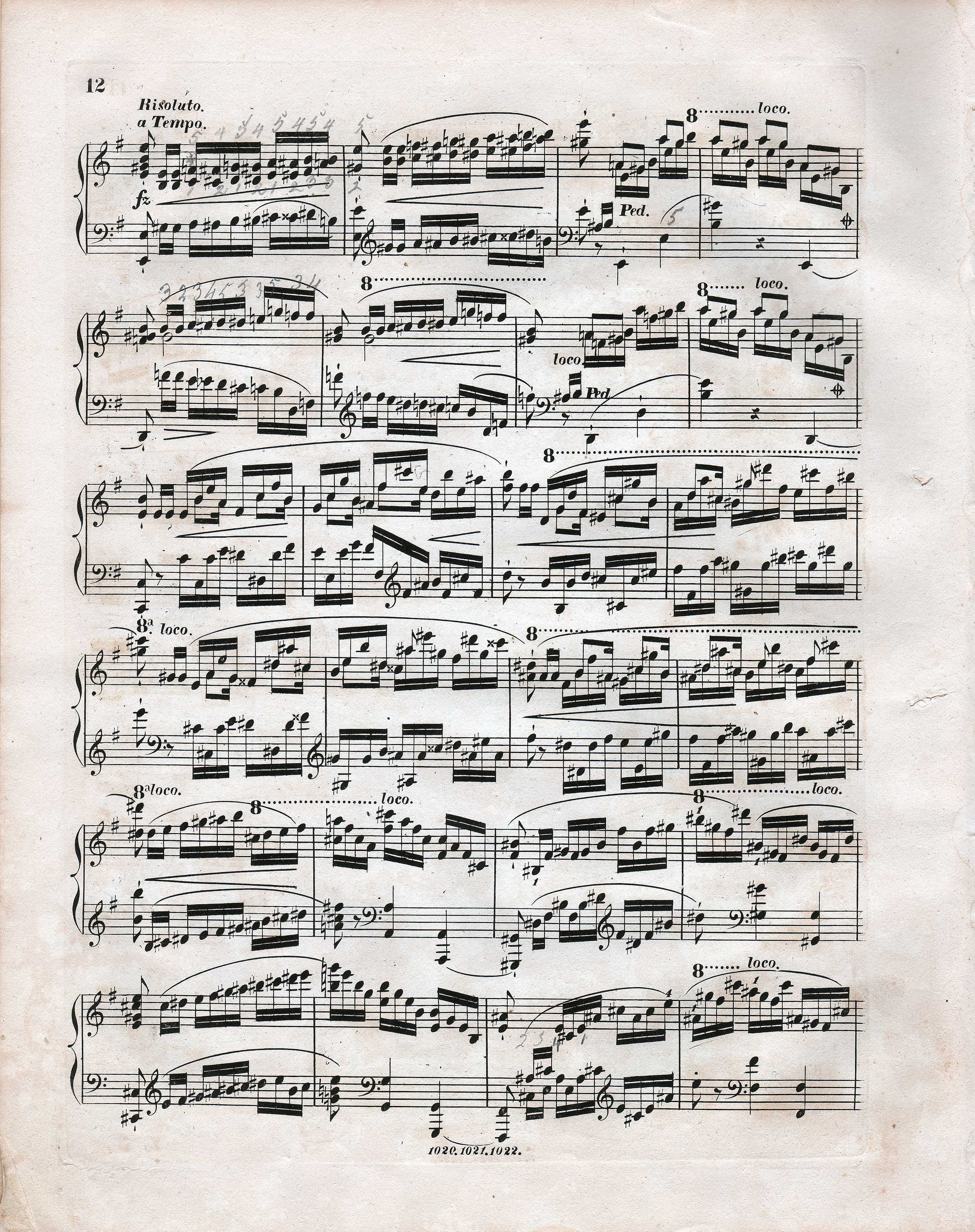Op. 2, Variations in B♭ major
Op. 10, 12 Etudes
Op. 11, Concerto in E minor
Op. 21, Concerto in F minor
Op. 22, Polonaise in E♭ major
Op. 24, 4 Mazurkas
Op. 25, 12 Etudes
Op. 26, 2 Polonaises
Op. 27, 2 Nocturnes
Op. 28, 24 Preludes
Op. 30, 4 Mazurkas
Op. 35, Sonata in B♭ minor
Op. 50, 3 Mazurkas
Op. 63, 3 Mazurkas
Op. 64, 3 Waltzes
(Op. 4), Sonata in C minor




Op. 11, Concerto in E minor, Mvt I
The version of GE2 (→GE3) was probably introduced to avoid dissonance with the C-c bass octave. It was most probably a comparison with similar bars 418, 410, 422 and analog., in which there are fourths, making up consonant triads with the L.H., that confirmed the conviction of the reviser of GE2 that the change is right. The fact that the text of FE (→GE1,EE) is error-free is confirmed by combining it with the orchestral part, in which e1-b1 in the piano corresponds with b1 in the accompanying part of violin I.
Compare the passage in the sources »
category imprint: Differences between sources
issues: GE revisions
notation: Pitch



